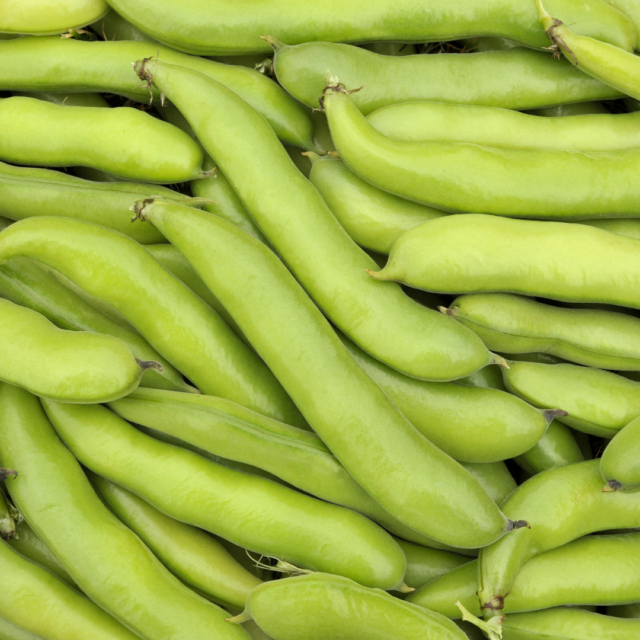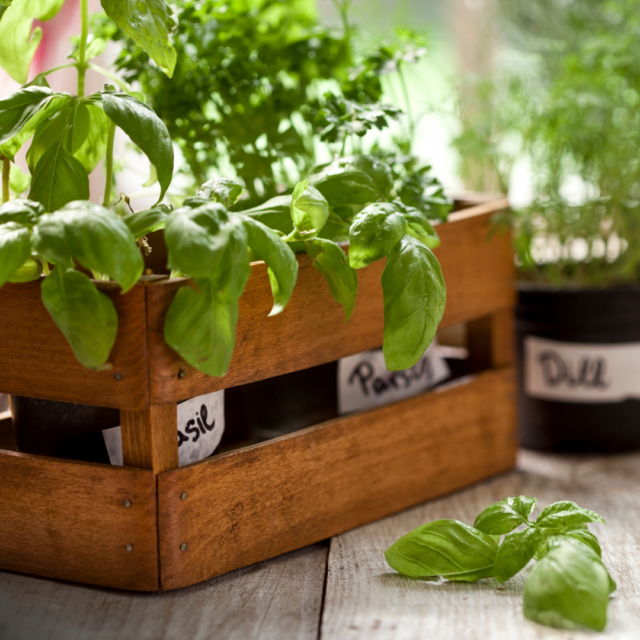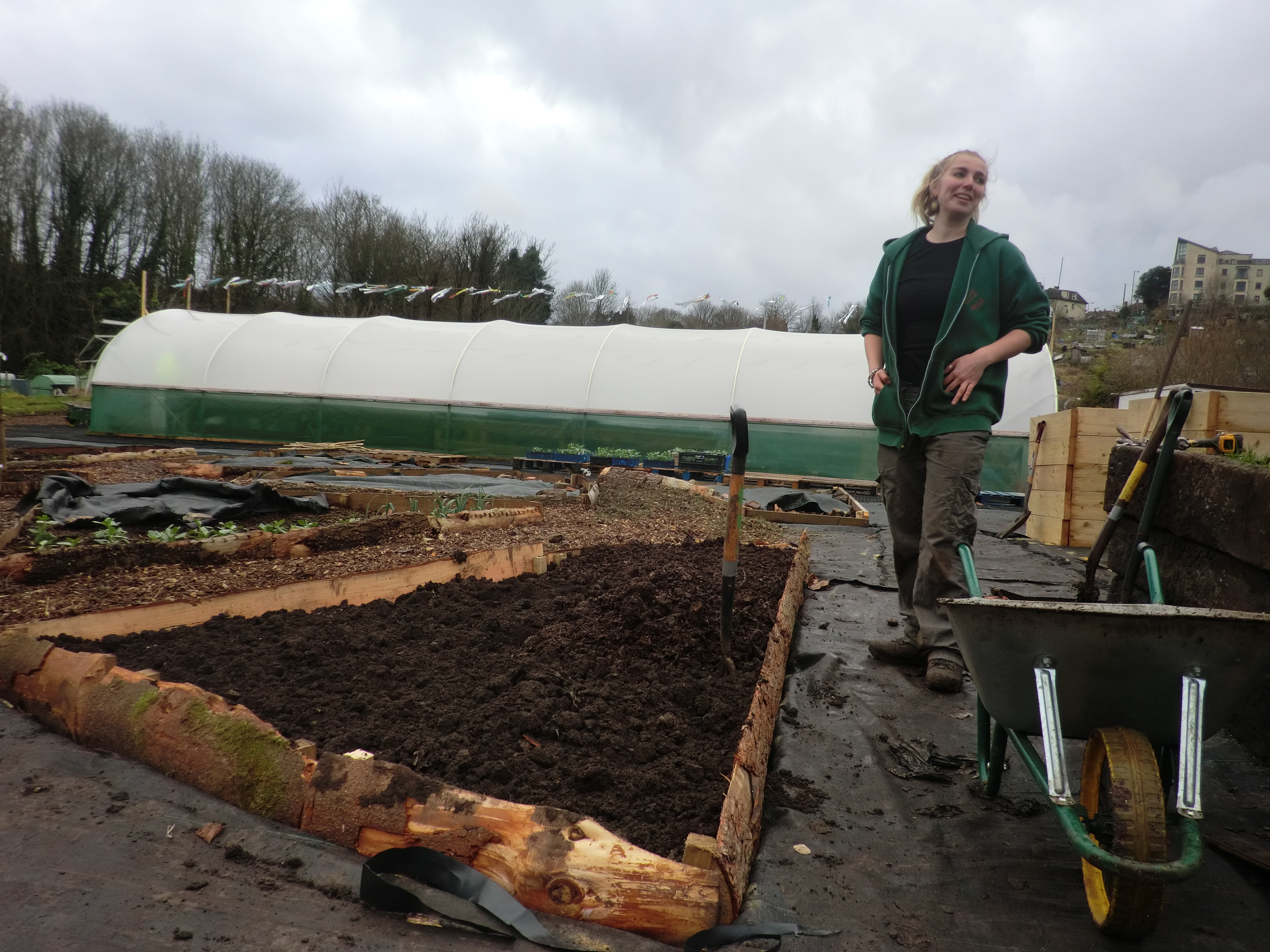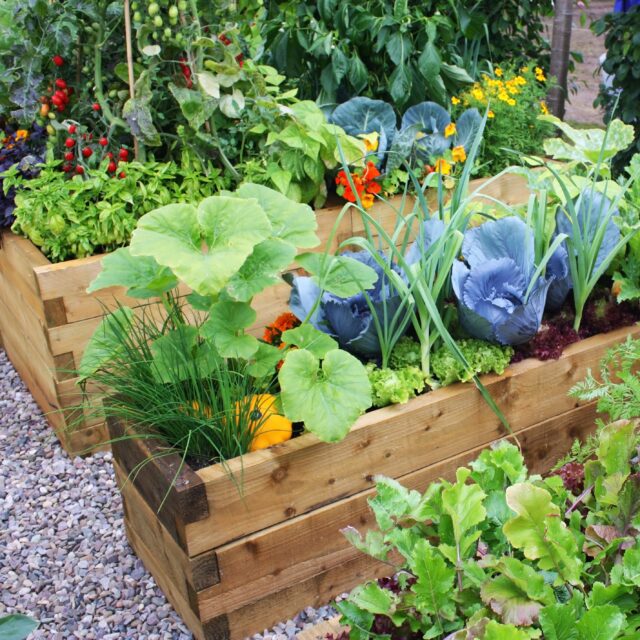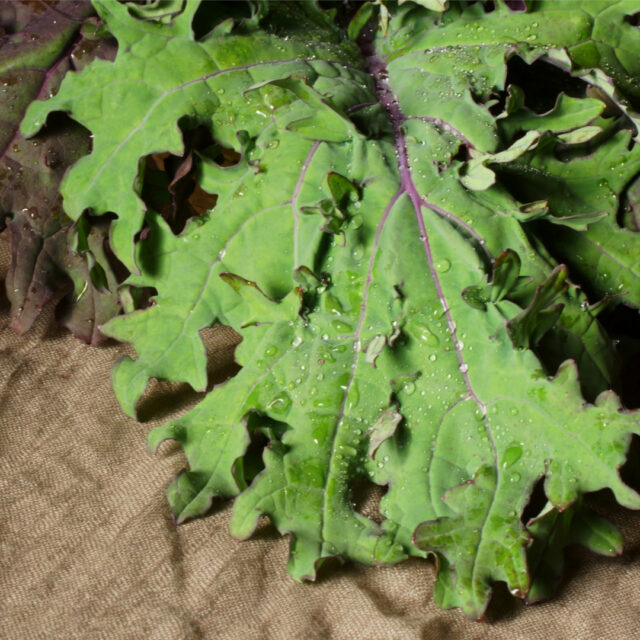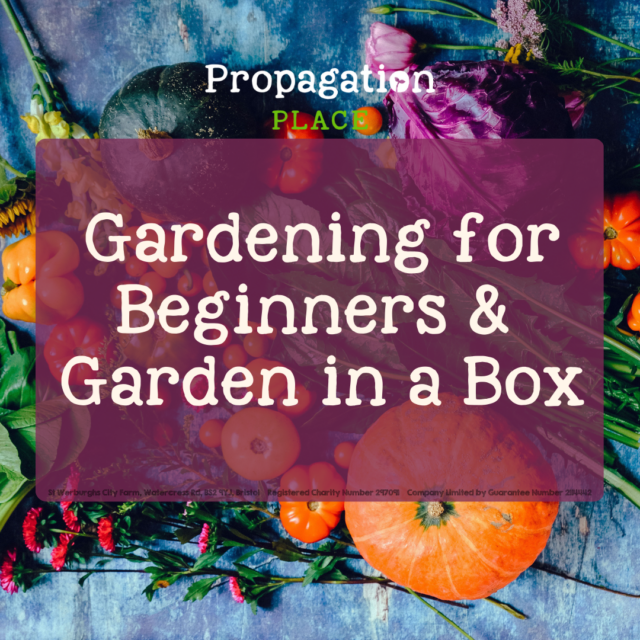It might not quite be autumn yet, but even still, winter digging looms on the horizon. However, you don’t need to panic just yet! Your winter days don’t have to be spent hunched over your vegetable patch. There’s a wonderful little thing called the “No-dig method” of gardening. Never heard of it? In today’s blog we’ll be covering why the no-dig method might just be for you.
Digging VS No-Dig
In traditional gardening the soil is weeded, cleared of crops, and then a soil improver i.e. compost and/or manure, is dug in. This adds nutrition, as well as improving the soil structure. It also aerates the soil.
Digging is mainly needed to control weeds and occasionally to incorporate lime, phosphorus and potassium. Digging can also be beneficial in restoring the lost soil structure that happens when wet soil is trampled.
However, with the ‘no-dig’ method, the soil is disturbed as little as possible.
Why Not Dig?
- For the worms. When you dig your garden, you greatly disturb the worm population. Not only do worms not get bisected by your spade when digging, but with the addition of regular compost mulches, your worm population will actually increase.
- It’s easier. Less time digging means more time planning your spring veggies!
- Fungi and bacteria aren’t disturbed. Mycorrhiza are invisible fungus-like networks that live symbiotically with plants, benefiting the roots. When you dig, you can destroy these networks. This prevents them from spreading, and reduces plants’ ability to access nutrients.
- Reduces surface evaporation. The organic matter in the soil works like a sponge to retain more moisture. Plus it helps rainwater to percolate down into the soil.
- Stops weeds. As weeds aren’t brought to the surface, the seeds will rot down into the soil and they won’t spread though your vegetable patch. Most annual weeds are easy to kill if you cut off their light supply. Perennial weeds can be treated in the same way, however it may take longer.
- Warmer soil. With no-dig gardening, soil will remain warm even during the winter months, allowing you to enjoy your harvests earlier.
The No-Dig Method At Home
There are many different approaches to doing the no dig method at home.
To give you a general understanding of how it’s done though, we’ve got a quick guide to the no-dig method!
- A 5-15cm deep layer of mulch is put on top of the surface of the existing soil. The mulch usually comes in the form of compost or manure (or sometimes leaf mould, straw or mushroom compost). Sometimes the mulch is applied over a biodegradable weed barrier, such as cardboard or wetted newspaper.
- For this you’ll need a large quantity of compost, almost certainly more than you can produce at home! If using manure, ensure it is well rotted.
- The no-dig method is best done in beds is so the soil cannot be stood on. Standing on the soil will compact it and will destroy the soil’s structure, preventing air and water from penetration to the plants roots.
- When using the no-dig method, weeds are controlled through mulch, shallow hoeing, hand weeding and contact weedkillers.
To Conclude
If you’re looking for a less-backbreaking way to tend to your garden, the no-dig method may be for you! This method involves using mulch to prevent the spread of weeds, as well as to improve the quality of the soil.
For further reading on the no-dig method, check out Charles Dowding!


